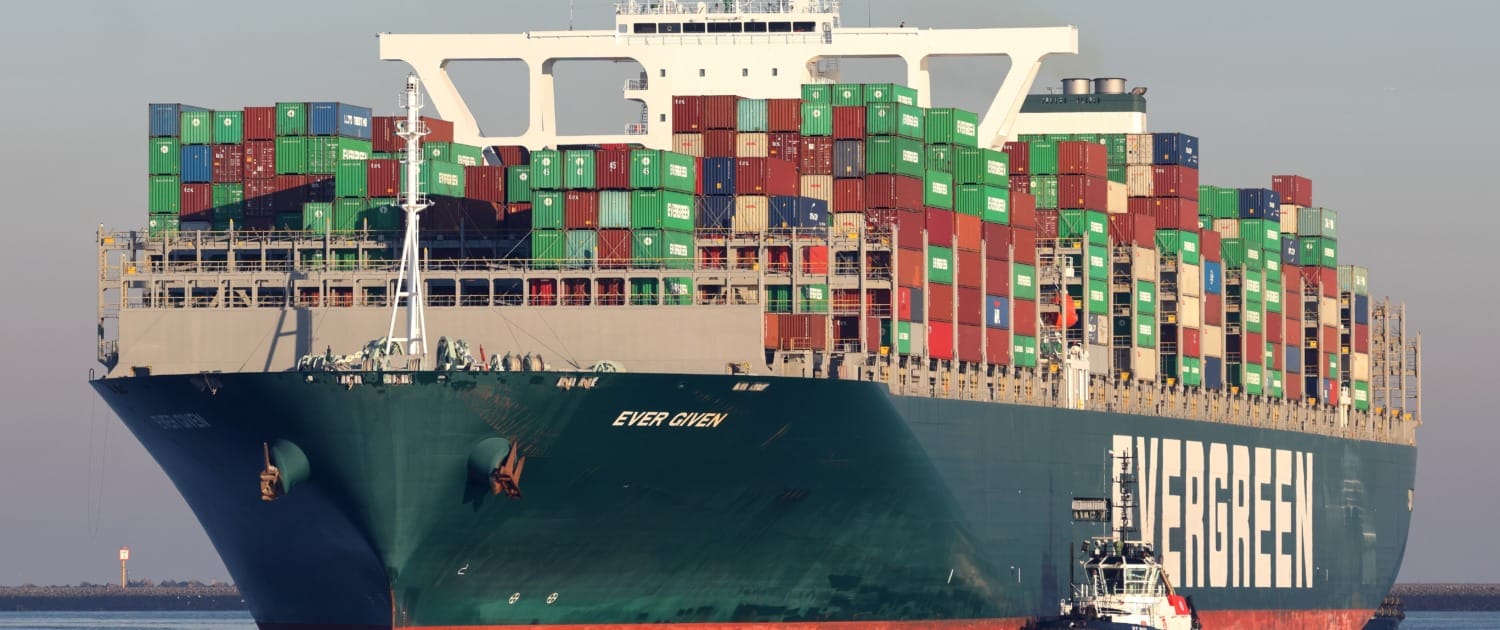The recent collapse of Baltimore’s Francis Scott Key Bridge after being struck by a container ship has caused major disruptions at one of the busiest U.S. ports. This incident, much like the 2021 Suez Canal blockage by the Ever Given, highlights how unexpected events can shake up global supply chains. Here’s what companies using China in their supply chains can learn from these events:
- Diversify Routes: Relying on a single port or shipping route can be risky. Just as the Suez Canal blockage stalled global trade, the Baltimore incident shows the importance of having multiple shipping routes to avoid getting stuck when one route fails.
- Plan for Disruptions: Companies need solid risk assessments and backup plans. By understanding vulnerabilities and having alternative strategies ready, businesses can better handle unexpected issues.
- Communicate and Collaborate: Good communication with all supply chain partners, from suppliers to logistics providers, is key during crises. Clear communication channels help coordinate swift responses and keep disruptions to a minimum.
- Invest in Resilience: Building a resilient supply chain means investing in technology, infrastructure, and training. Using digital tools for real-time visibility and analytics can help companies respond faster to disruptions.
- Stay Flexible: Flexibility is crucial in today’s unpredictable environment. Adopting agile strategies allows companies to quickly adapt to changes and seize new opportunities despite disruptions.
The Baltimore bridge collapse and the Suez Canal blockage are reminders of how fragile supply chains can be. By diversifying routes, planning for disruptions, communicating effectively, investing in resilience, and staying flexible, companies can better navigate these challenges and keep their supply chains running smoothly.
This post was inspired by IndustryWeek’s recent coverage on the incident:
Contact Us







Follow Us